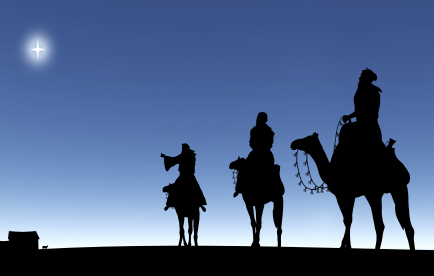 With Christmas coming, many around the world prepare to celebrate the birth of Jesus Christ. We decorate our homes with fanciful colours, we prepare yummy sweet foods, and we welcome our family and friends into our cozy homes. Many of us focus our energies on ensuring the poor and homeless are covered with blankets and fed warm meals. All these yearly rituals truly honour that what Jesus reminded us all to do – love each other.
With Christmas coming, many around the world prepare to celebrate the birth of Jesus Christ. We decorate our homes with fanciful colours, we prepare yummy sweet foods, and we welcome our family and friends into our cozy homes. Many of us focus our energies on ensuring the poor and homeless are covered with blankets and fed warm meals. All these yearly rituals truly honour that what Jesus reminded us all to do – love each other.
It seems many knew that Jesus was a very special person, and that He would be bringing some very powerful and long lasting lessons to our world. This was certainly true of those Biblical Magi “from out of the East”, who brought Him some of their most referred possessions:
“On coming to the house, they saw the child with his mother Mary, and they bowed down and worshiped him. Then they opened their treasures and presented him with gifts of gold, frankincense and myrrh.” – Mathew 2:11
Well we all know what Gold is, but what about frankincense and myrrh? What was it about these fragrant tree resins that the Arabs thought would make such good gifts to a young born son of God? Both frankincense and myrrh were priced just as high as gold, perhaps even higher during times of scarcity.
Most people know of these two herbs in reference to the incense burned during religious ceremonies, a practice dating back thousands of years. Both herbs were a major part of the composition of the Ketoret, an incense used in ancient Hebrew times, as depicted in the Talmud.
But the usage in religion was not the only reason for its high value, as these herbs also have a very potent medicinal value. Frankincense and Myrrh were used by traditional cultures around the world in both liniments and teas to treat a wide variety of health problems.
Chinese medicine has a long history of using these two herbs, although their introduction into the regular pharmacy appears to have occurred much later than in central asia. Frankincense, also known as ru xiang or fragrant milk, was first mentioned in the Ming Yi Za Zhu (Miscellaneous Records of Famous Physicians) by Tao Hong-Jing in 500 A.D. Myrrh, also known as mo yao or desert medicine, was first mentioned in the Yao Xing Ben Cao (Materia Medica of Medicinal Properties) by Zhen Quan in 600 A.D.
In Chinese medicine we say that both herbs activate blood circulation, relieve pain, reduce swelling, and promote the generation of flesh. This makes them excellent herbs, not only for arthritis, injuries, painful menstruation, and infertility, they are also particularly good for many skin disorders including psoriasis, acne, rosacea, and lichen simplex. I personally use Frankincense in one of the creams I make for rosacea, and I have to tell you that the smell of this ancient herb is absolutely divine as I grind it up fresh.
So while we prepare to celebrate the birth of Jesus, and all that He taught us, may we also remember the herbs that were His gifts. Ancient medicines with a high value now, as they were so long ago.
Merry Chirstmas everybody,
Dr. Trevor Erikson

My working theory is that the wise men brought the frankincense and myrrh for Mary’s tissue trauma, not for the baby Jesus.
That may very well be true, Dr. Al Stone 🙂